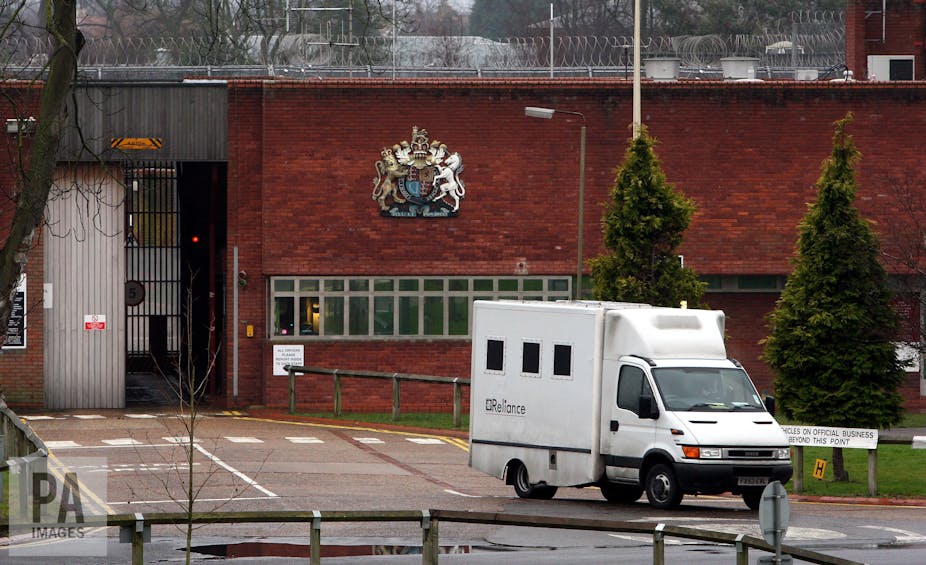By placing a 16-year-old child with mental health issues in isolation for a prolonged period of time, Feltham Young Offender Institution in London breached his human rights and contravened prison rules, the High Court has ruled.
The ruling came a few days after Her Majesty’s Inspectorate of Prisons said Feltham A – the part of the institution for boys aged 15 to 18 – was “not safe for either staff or boys” in a report published after an unannounced inspection. Parts of the institution were described as “deeply troubling” with issues of violence, uses of restraint techniques and isolation deemed to be serious causes of concern.
Named AB in legal documentation, the child’s solitary confinement for more than 100 days was ruled on July 4 to have contravened Article 8 of the European Convention on Human Rights – the right to a private and family life. He was locked in his cell for in excess of 22 hours a day, for more than 15 days in a row.
The judge, Justice Ouseley, explained that this denied the child the opportunity to an adequate education and to socialise with other inmates. But he dismissed the argument that the boy’s treatment was inhuman and degrading. The Howard League for Penal Reform, a charity whose legal team represents the boy, is now seeking to appeal this part of the ruling.
Despite the child’s challenging behaviour he deserves to have his rights respected and to access appropriate support for his mental health issues and special educational needs. However, the High Court ruling also failed to recognise his need for appropriate support.
Putting distressed children in cells for more than 100 days only exacerbates any pre-existing mental health problems, leaving them vulnerable to traumatic stress. The punishment is the loss of liberty and children should not be doubly punished by enduring ill treatment in poor conditions.
Unmet needs
The child had complex health and social care needs and adverse childhood experiences. But these were disregarded, with security concerns trumping the need for appropriate care – as it often does in custodial settings. He had attachment difficulties following a traumatic childhood that involved being subject to emotional and physical abuse. He suffered from bereavement and had witnessed domestic violence. He was on the child protection register and had had a number of residential placements. The boy was also diagnosed with post traumatic stress disorder (PTSD), attention deficit hyperactivity disorder and conduct disorder.
There is a larger problem here: a disproportionate number of children in the youth justice system have experienced trauma. Research has shown that 91% of young people who have committed violent offences had experienced abuse or loss. The prevalence of such trauma in custody can result in children becoming violent, committing sexual offences and misusing substances. Being in solitary confinement can also trigger self-harm and intensify the symptoms of trauma.

Access to support
Young offender institutions and prisons generally do not have the right provisions, expertise and resources in place to support people who need to be cared for: an issue that has intensified following the onset of the government’s austerity programme.
Children with learning disabilities are known to be disadvantaged in prisons and to be more susceptible to bullying, segregation and depression. They can often struggle to follow written instructions relating to prison rules, to complete paperwork, or to make doctors’ appointments. It can be difficult for these children to comply and comprehend what is expected of them. Support tends to be one-size-fits-all – tailored treatment to individuals with learning disabilities is seldom offered.
Although the rights of children in custody ought not to lag behind the rights of children generally, child prisoners are particularly vulnerable to having their rights abused and should be safeguarded. The Feltham young offender case highlights a grim aspect of youth custody and is yet another indicator of the crisis afflicting prisons in which understaffing, overcrowding, lack of training and high staff turnover are creating a dire situation.

